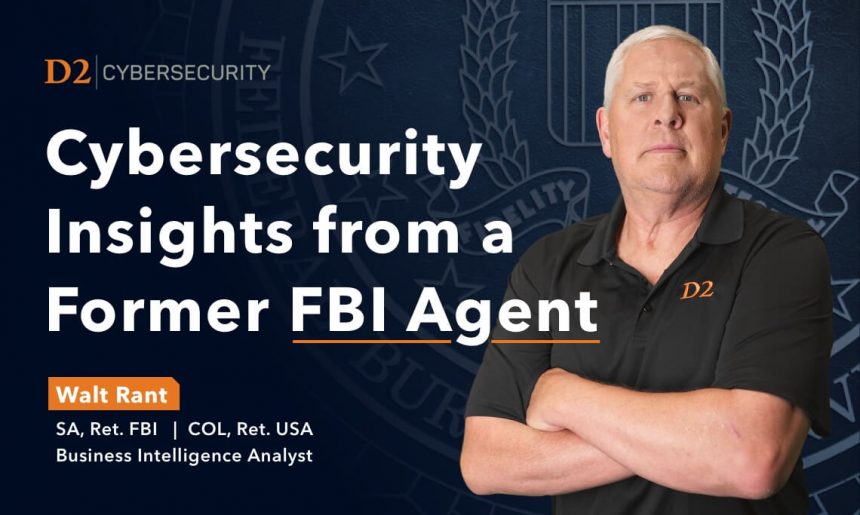In today’s digital world, cyber threats are a consistent concern for educational institutions. School districts are a treasure trove of sensitive data, including student records, purchasing records, and contact information. With the use of technology in schools increasing every day, the risk of being targeted by a cyber-attack has never been higher.
During my career in the FBI, I learned that a school’s superintendent plays a pivotal role in maintaining organizational security. As a superintendent, you have the power to lead your school district with confidence by ensuring that the security measures required to protect your students and staff are in place. By understanding the ever-changing threat landscape of cybersecurity, you can take proactive steps to mitigate risks and safeguard your district from potential breaches.
The Threat Landscape of Cybersecurity in School Districts
Hackers see school districts as a valuable target, as private student information can be ransomed or sold at a premium. These criminals use a variety of tactics to gain unauthorized access to school networks and data, such as phishing, ransomware, and denial of service attacks. The impact of a successful cyber-attack can be devastating, resulting in the loss of sensitive data, disrupted operations, and damage to the district’s reputation.
Teach and Understand Cybersecurity Best Practices
One key aspect of maintaining organizational security is to educate your staff and students on cybersecurity best practices. Encourage them to use strong passwords, avoid suspicious links, and report any unusual computer-related activity they witness. By fostering a culture of security awareness across all potential victims, you can reduce the likelihood of hackers landing a successful cyberattack.
Make Strict Cybersecurity Procedures a Habit
In addition to educating your community, it’s important to establish and enforce strict security policies and protocols. This includes regularly updating software and systems, monitoring network activity, and implementing multi-factor authentication. In doing so, you can significantly reduce your risk of experiencing a data breach and other similar cyber-attack.
Doing Your Part to Maintain Cyber Safety
Educational leaders must take an active role in maintaining and improving their school district’s cybersecurity efforts. To start, each school district should develop a comprehensive and customized cybersecurity plan that addresses the specific needs. The cybersecurity plan should, at a minimum, include policies and procedures for data backup, disaster recovery, and incident response. It should also outline the roles and responsibilities of staff and administrators in the event of a cyber incident.
Another critical point in successfully maintaining cyber safety is ensuring that sufficient resources and training are provided to all staff and students. Regular testing and training should be conducted to ensure that everyone knows the proper method of responding to each type of cyber-attack. Leaders in the field of education must thoroughly understand the level of threat school districts face when it comes to cybersecurity. By taking proactive steps to mitigate risks and safeguard their districts, they can remain confident in their efforts to protect their students and staff. Remember, maintaining cybersecurity is an ongoing process that requires vigilance and dedication. With the right mindset and tools in place, we can ensure a secure future for our schools.



